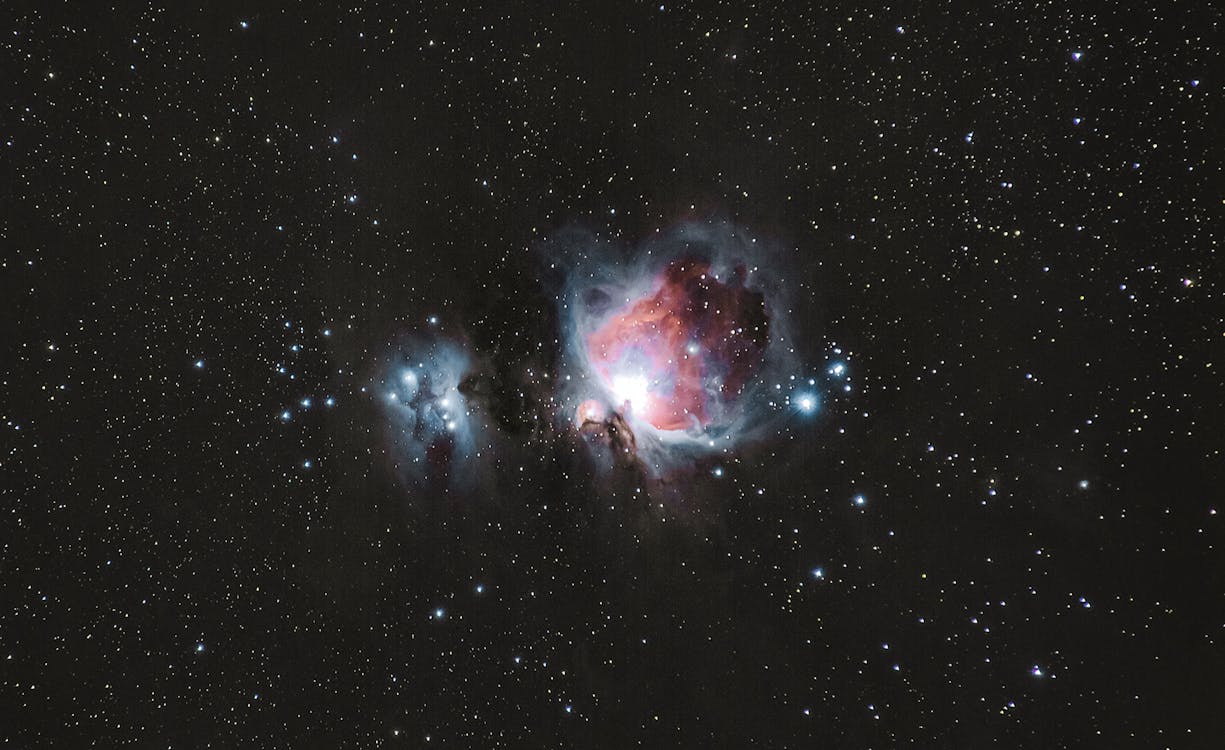November has now come and gone, and the year is slowly closing. However, that doesn’t mean that we’re fresh out of stories to tell—there are a few days left for us to make your holidays a little bit more science-y.
Luckily, the past month has been chock-full of science stories that instill both awe and wonder in our readers, and we’re more than happy to give these stories some new time in the limelight. Without further ado, here are five of our best stories from November 2022:
A pristine chunk of space rock found within hours of hitting Earth can tell us about the birth of the Solar System

At about 10 o’clock on the night of February 28 2021, a fireball streaked through the sky over England. The blazing extraterrestrial visitor was seen by more than 1,000 people, and its descent was filmed by 16 dedicated meteor-tracking cameras from the UK Fireball Alliance and many dashboard and doorbell cams. Read more
A kung-fu kick led researchers to the world’s oldest complete fish fossils – here’s what they found

Some of the world’s most significant fossil discoveries have come from China. These include amazing feathered dinosaurs, the earliest modern mammals, and some of the oldest-known animals on Earth. Read more
Omicron BQ.1 and BQ.1.1 – an expert answers three key questions about these new COVID variants

Two new omicron subvariants, BQ.1 and BQ.1.1, are quickly gaining traction in the US, collectively accounting for 27% of infections as of October 29. Both are descendants of BA.5, the omicron variant that has dominated around the world for some months. Read more
Four common misconceptions about quantum physics

Quantum mechanics, the theory which rules the microworld of atoms and particles, certainly has the X factor. Unlike many other areas of physics, it is bizarre and counter-intuitive, which makes it dazzling and intriguing. When the 2022 Nobel prize in physics was awarded to Alain Aspect, John Clauser and Anton Zeilinger for research shedding light on quantum mechanics, it sparked excitement and discussion. Read more
‘Sea monsters’ were real millions of years ago. New fossils tell about their rise and fall

Sixty six million years ago, sea monsters really existed. They were mosasaurs, huge marine lizards that lived at the same time as the last dinosaurs. Growing up to 12 metres long, mosasaurs looked like a Komodo dragon with flippers and a shark-like tail. They were also wildly diverse, evolving dozens of species that filled different niches. Some ate fish and squid, some ate shellfish or ammonites. Read more











